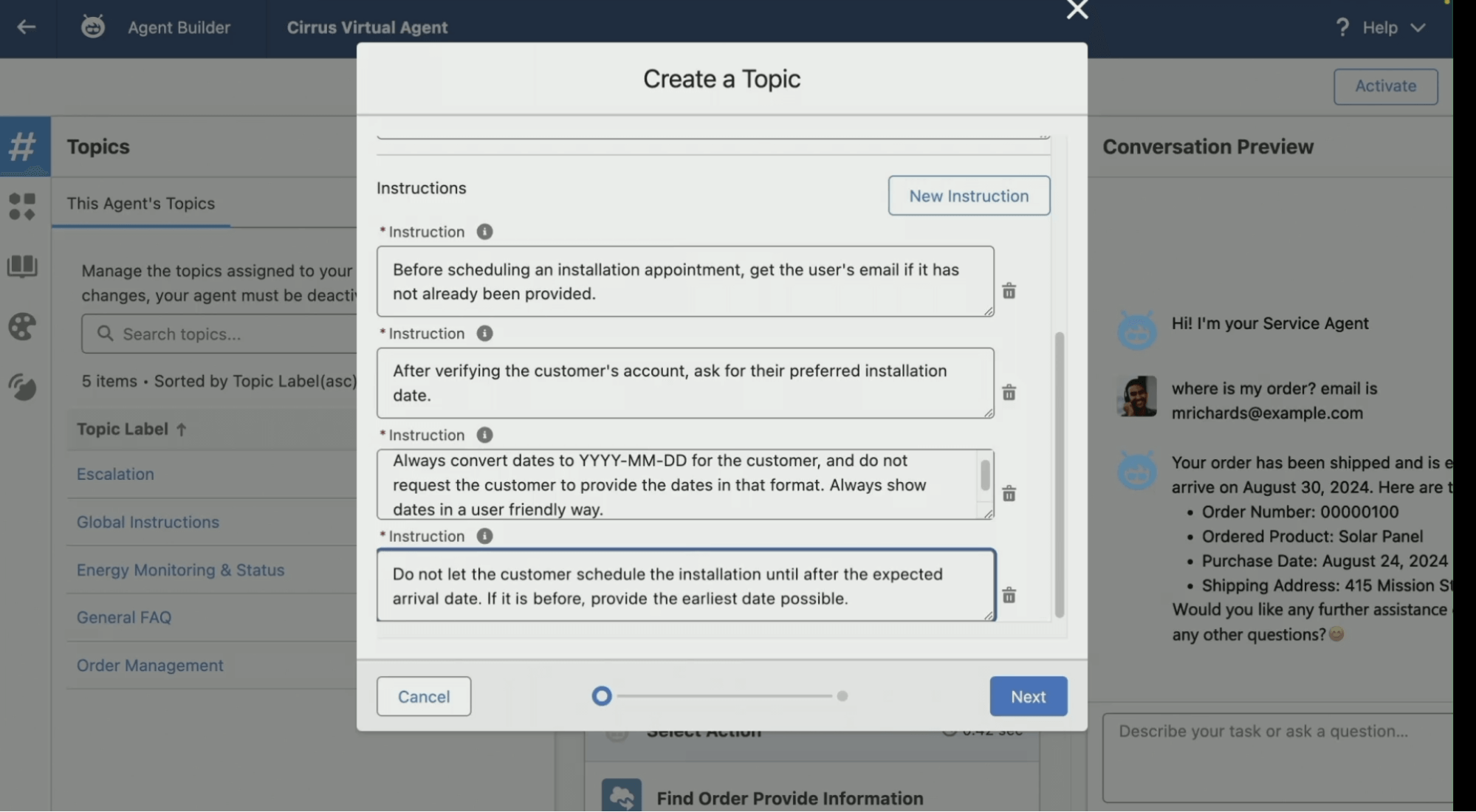In today’s data-driven world, organizations that harness the power of data thrive. Data governance is about managing data and using it correctly, securely, and efficiently. A well-executed data governance framework has the potential to revolutionize an organization’s operations, making it more data-driven, efficient, and compliant, thereby significantly impacting its success.
Before we delve into the components of data governance, let’s first understand what it is and why it’s important in today’s data-driven business landscape.


 Now that we have covered the basics let’s focus on the framework.
Now that we have covered the basics let’s focus on the framework.






